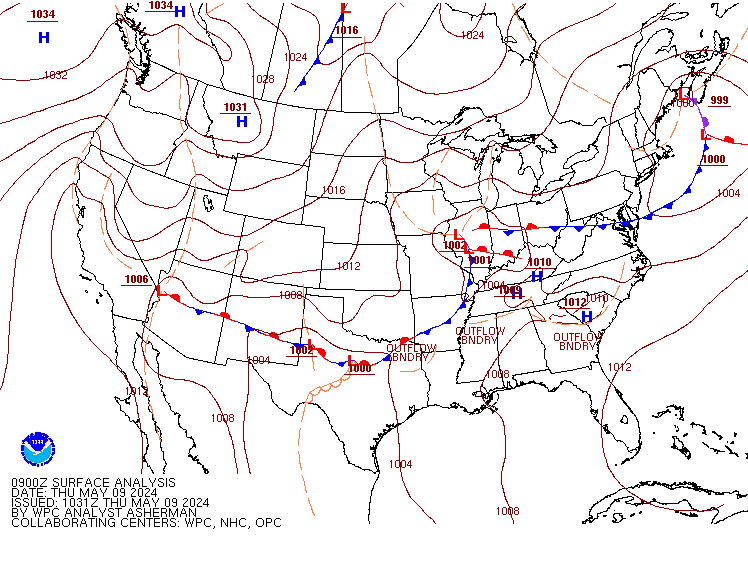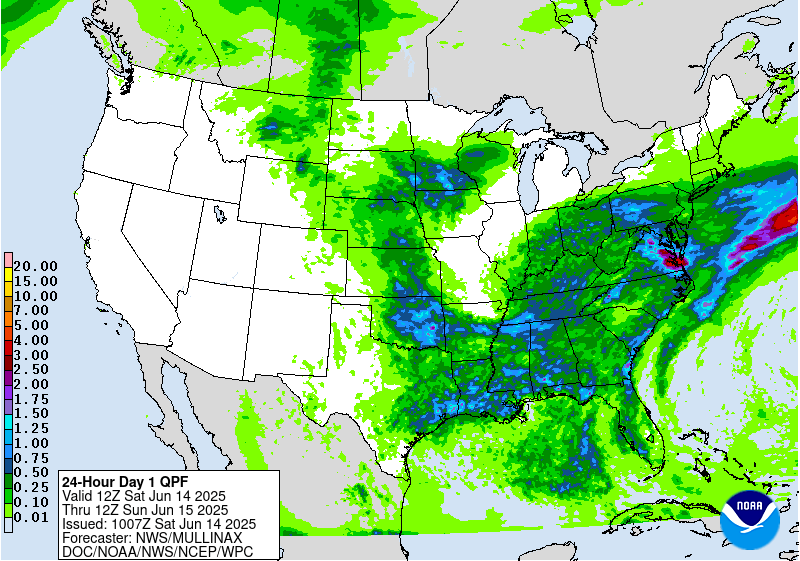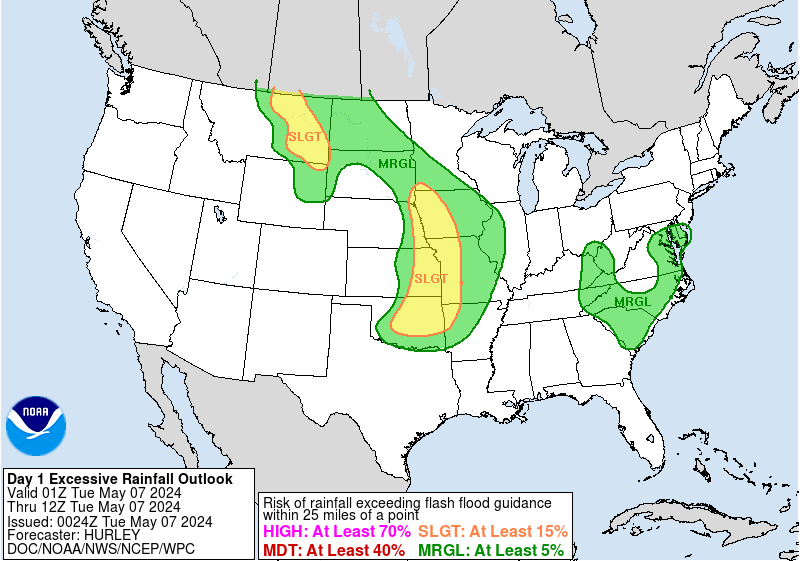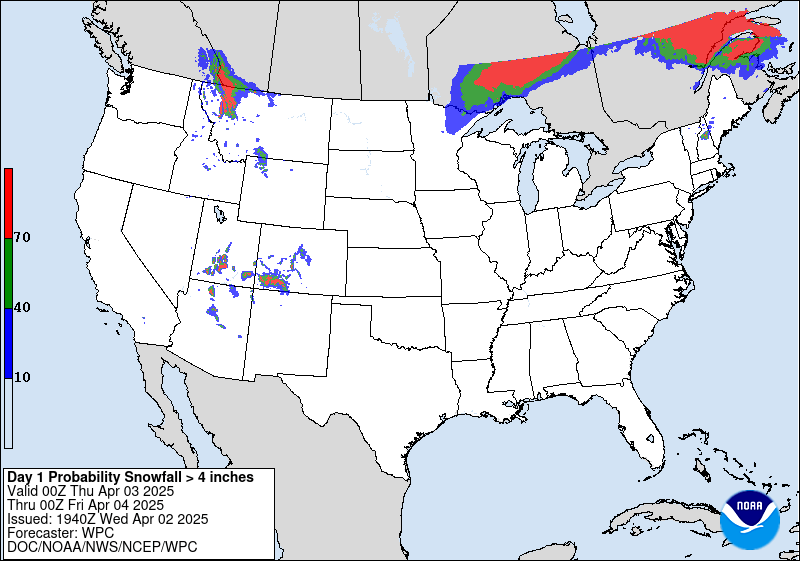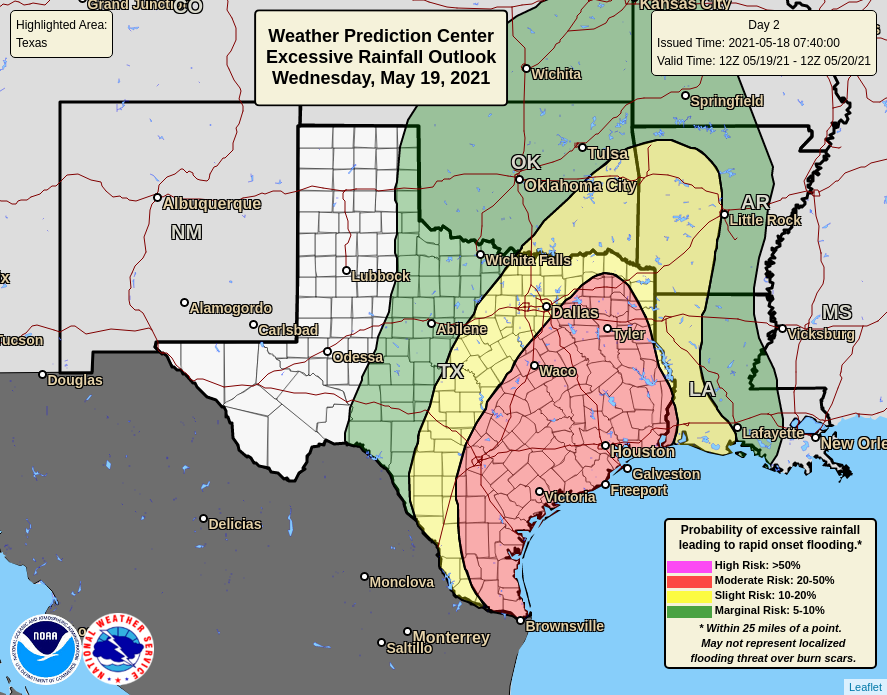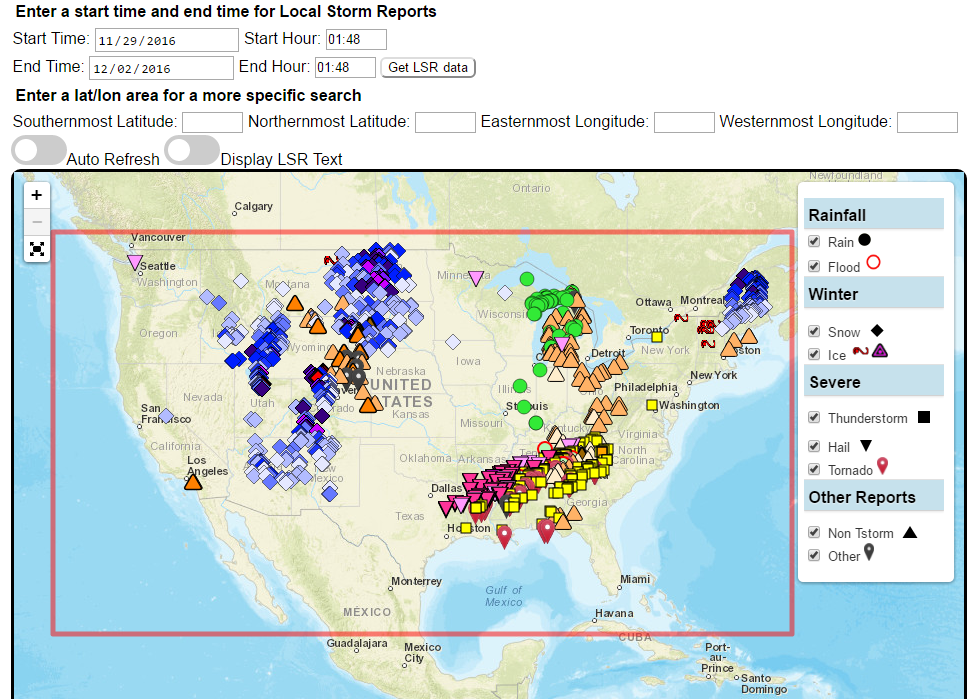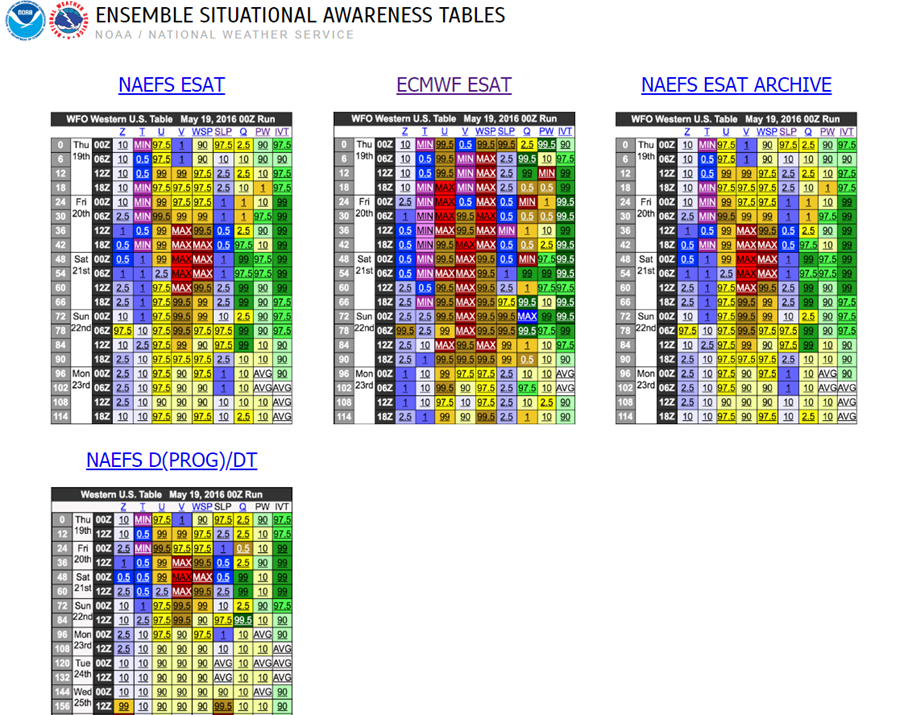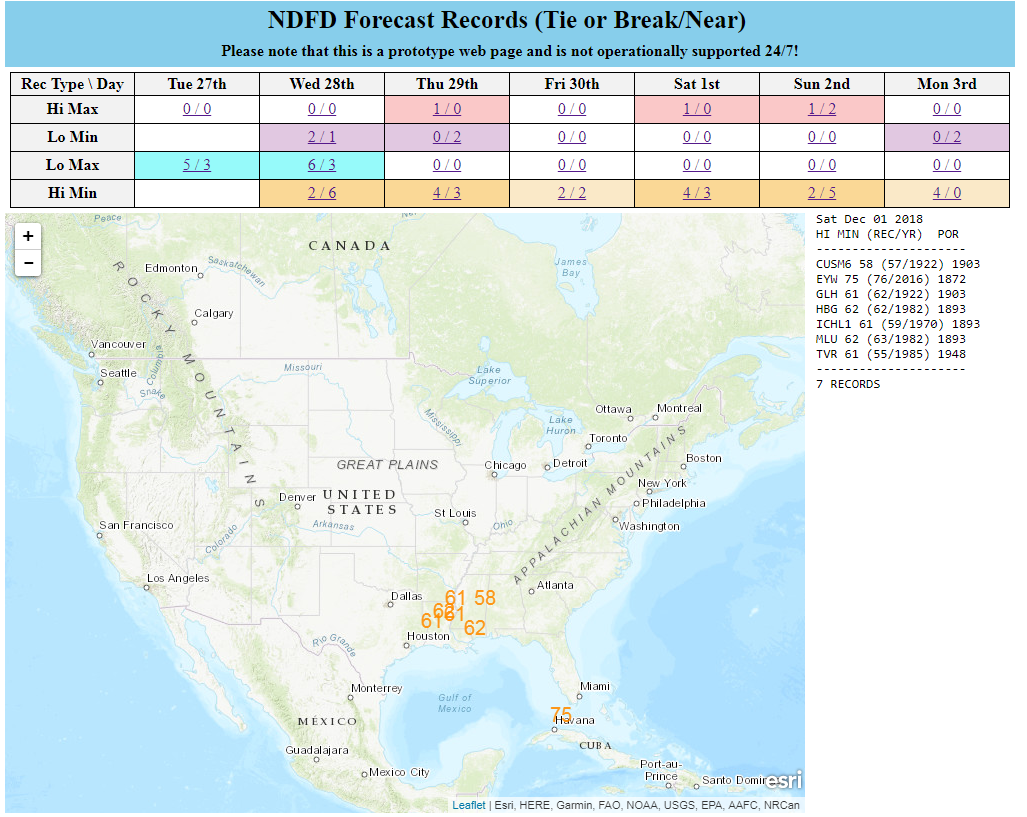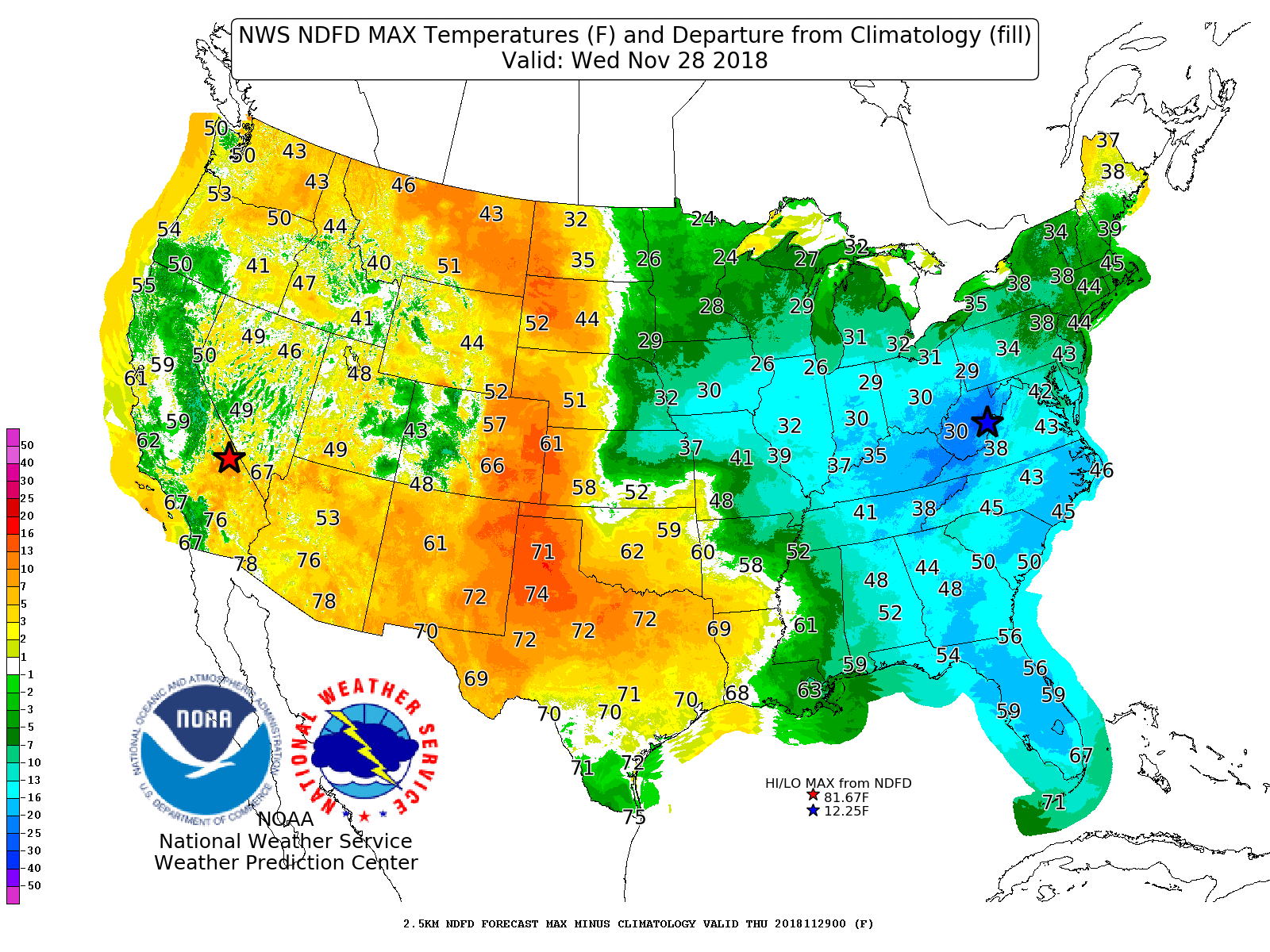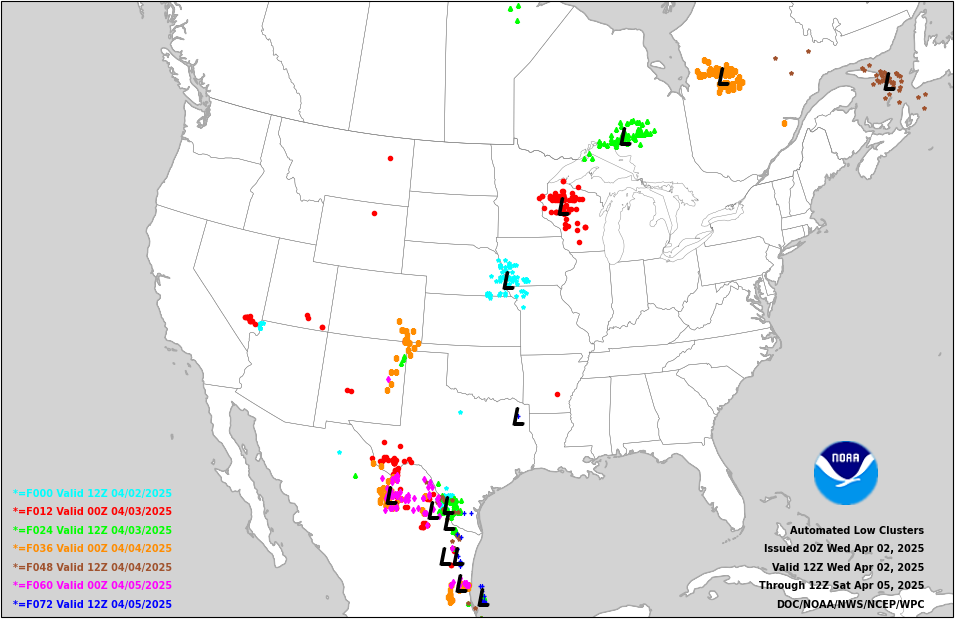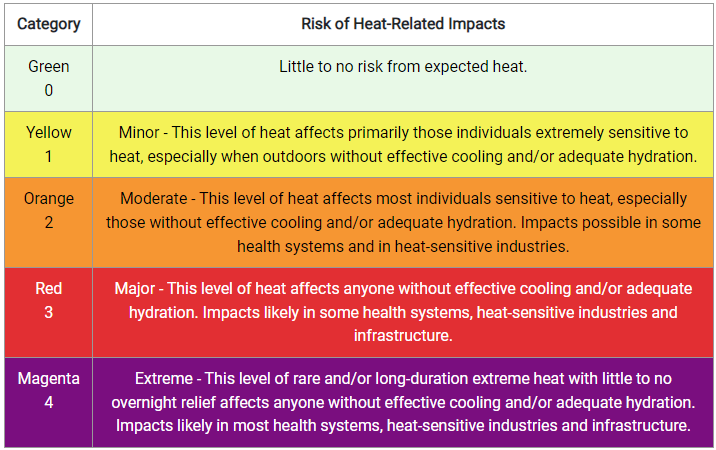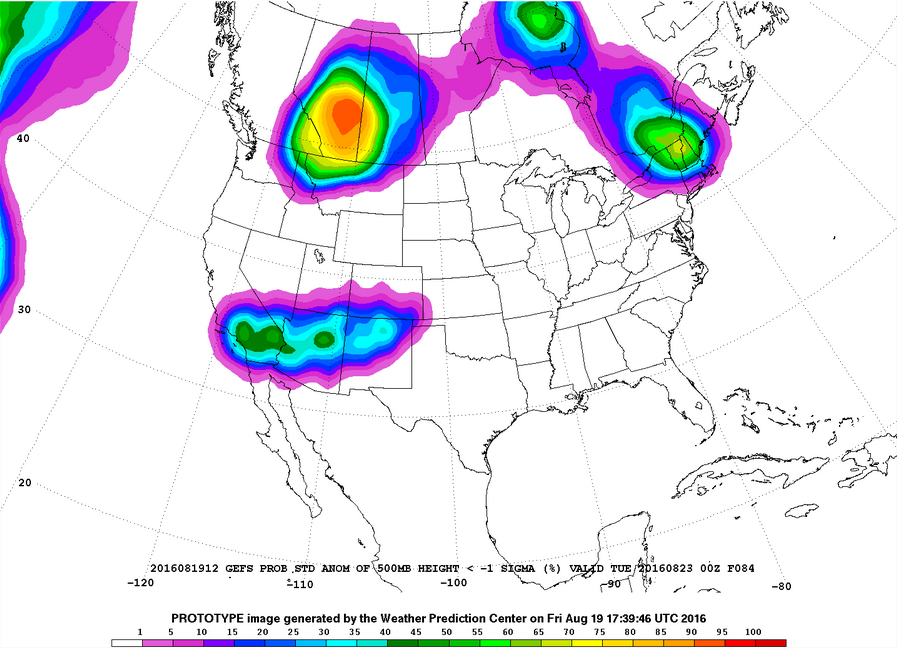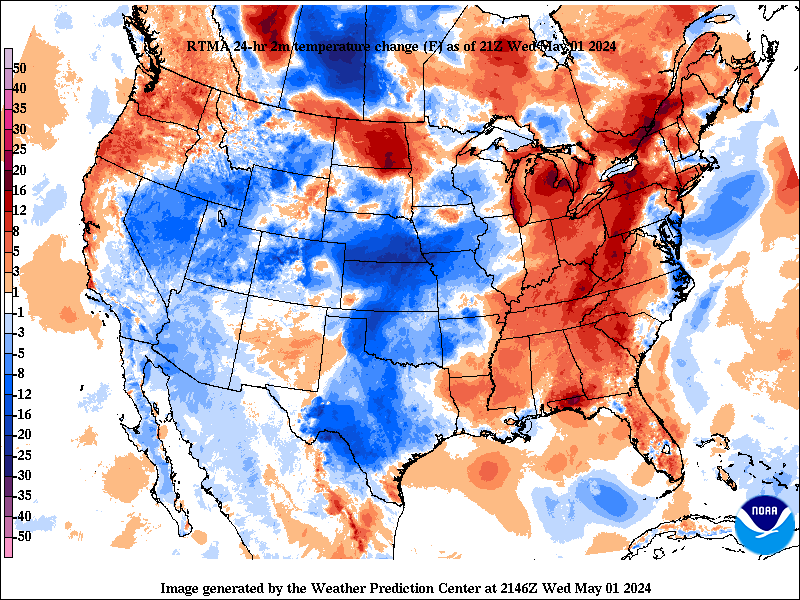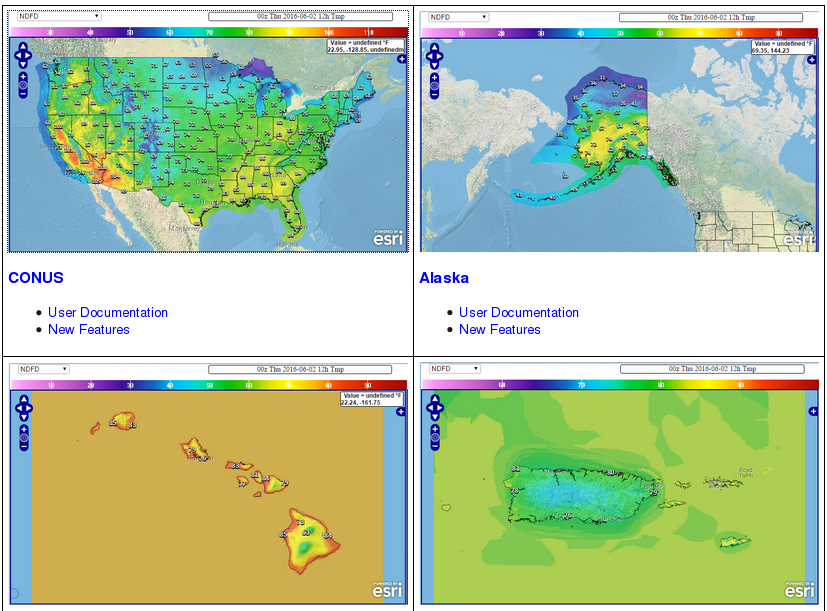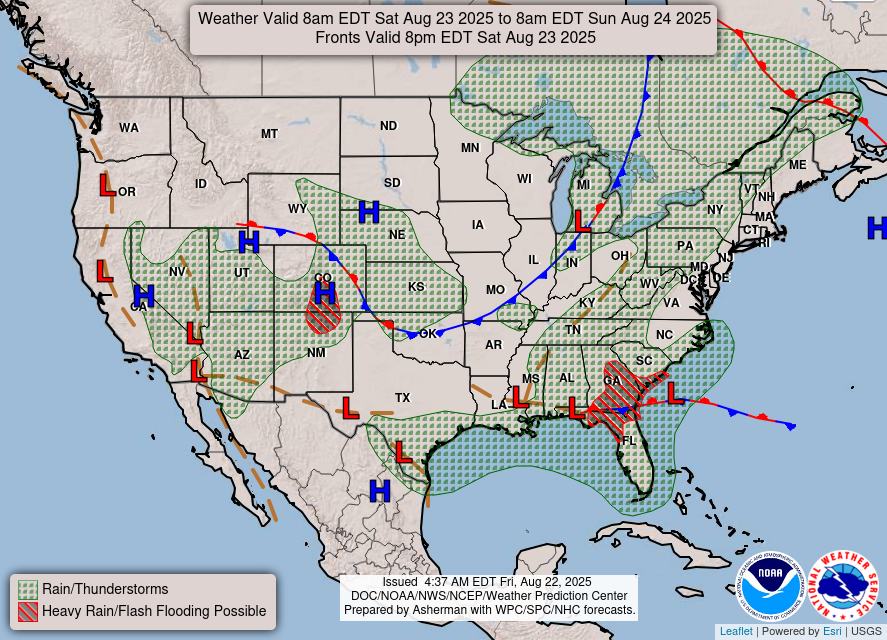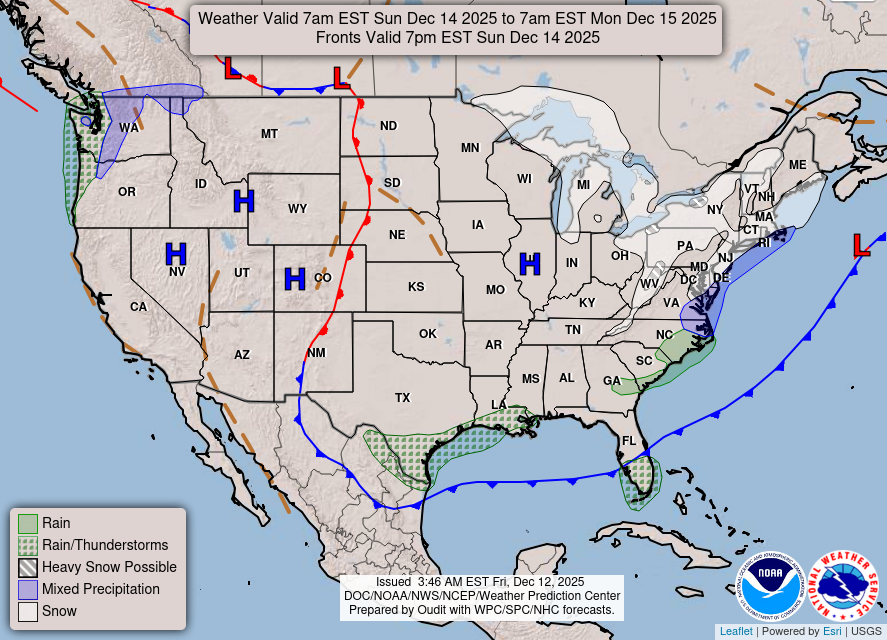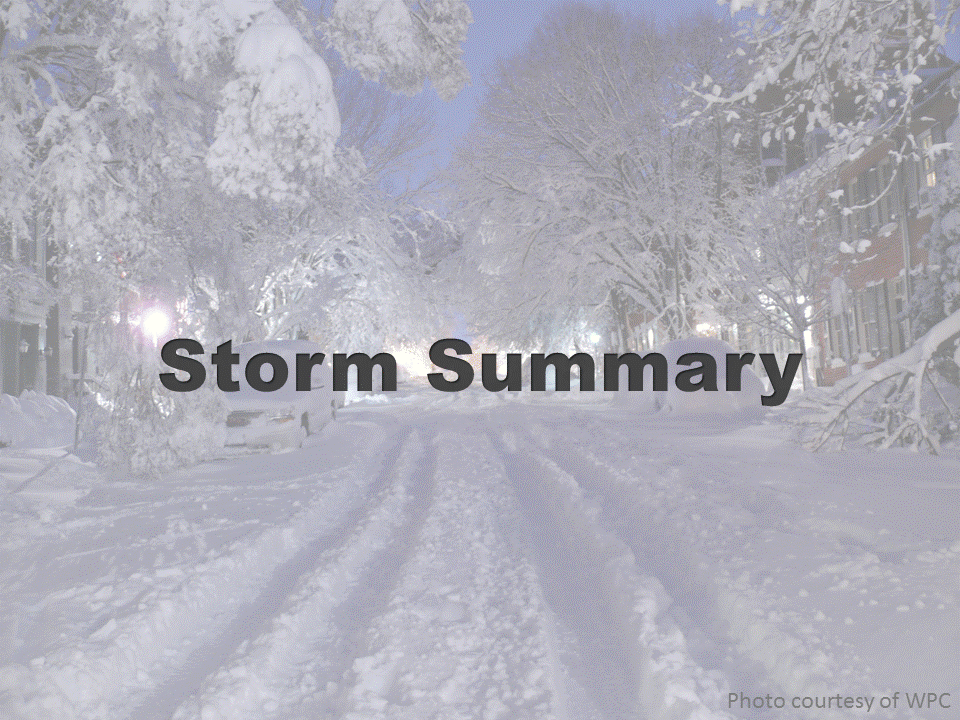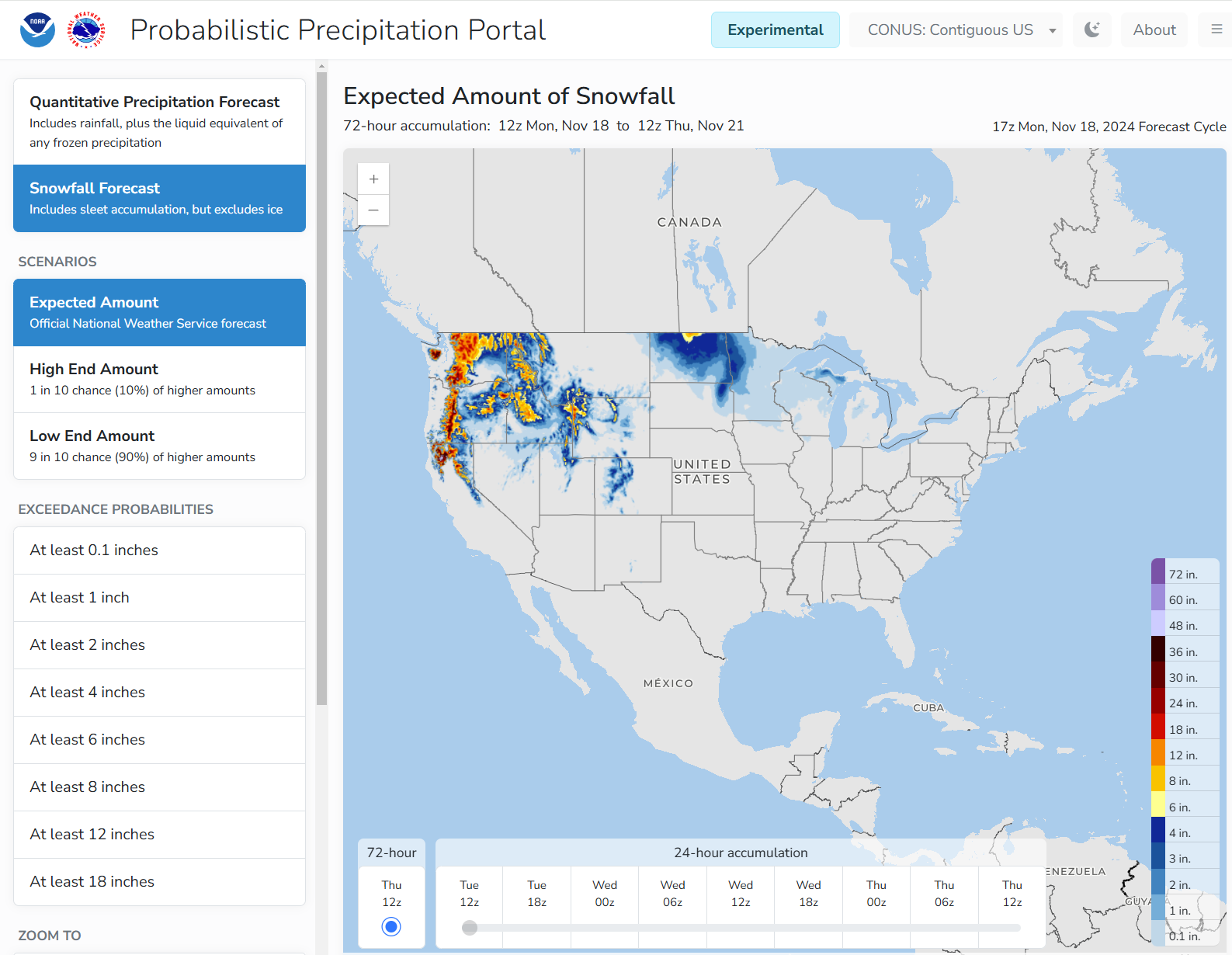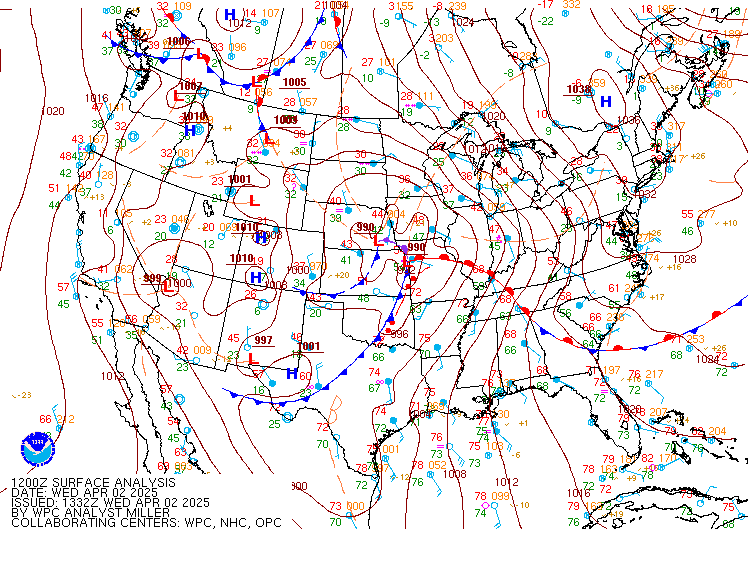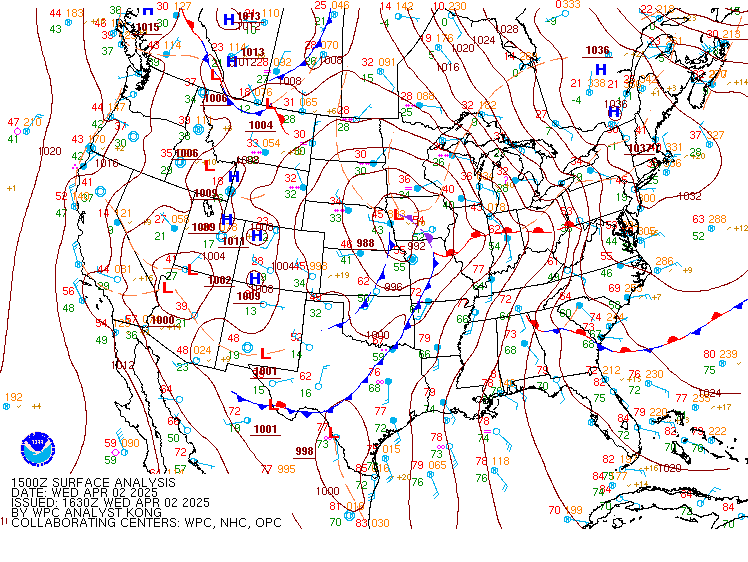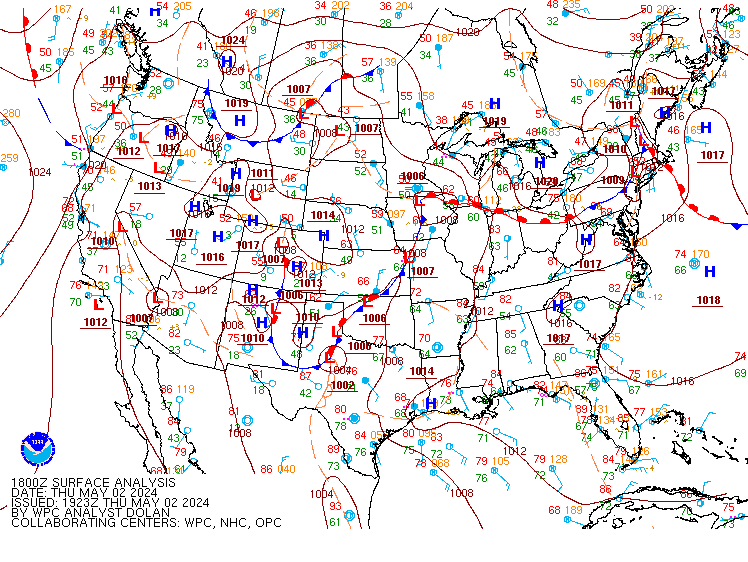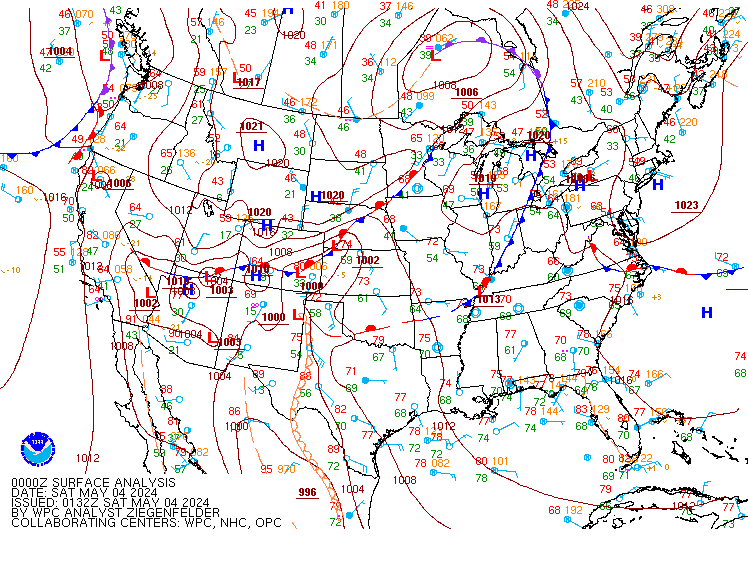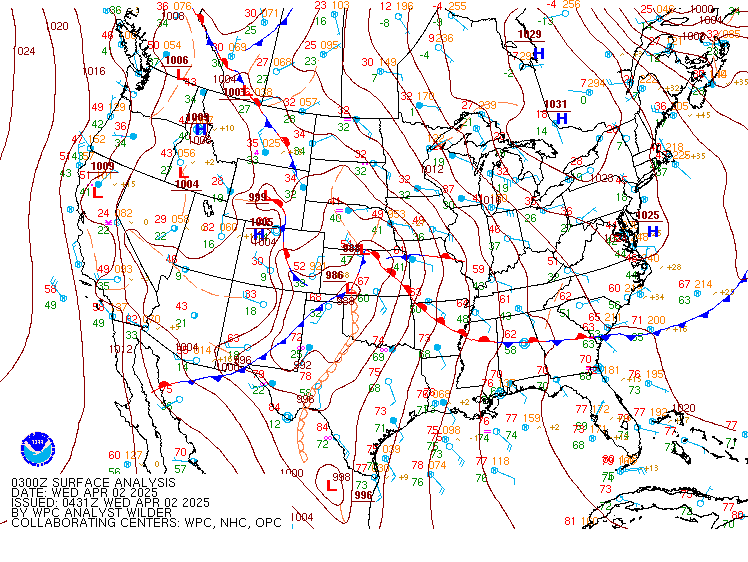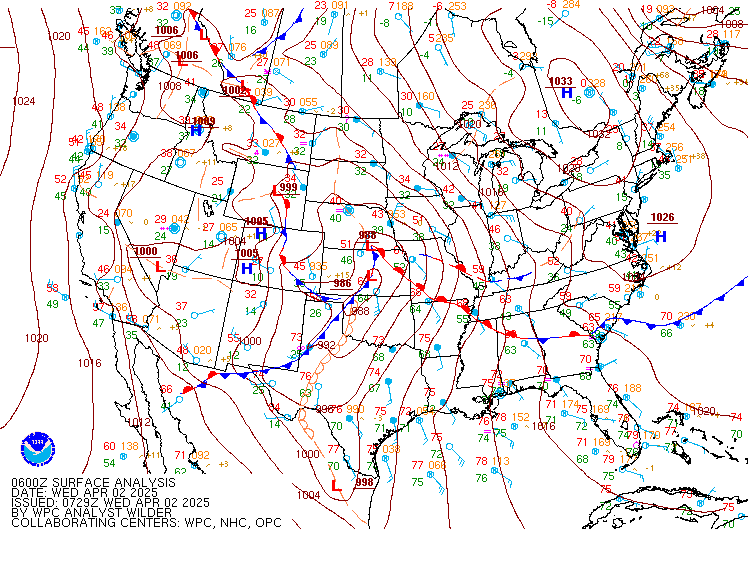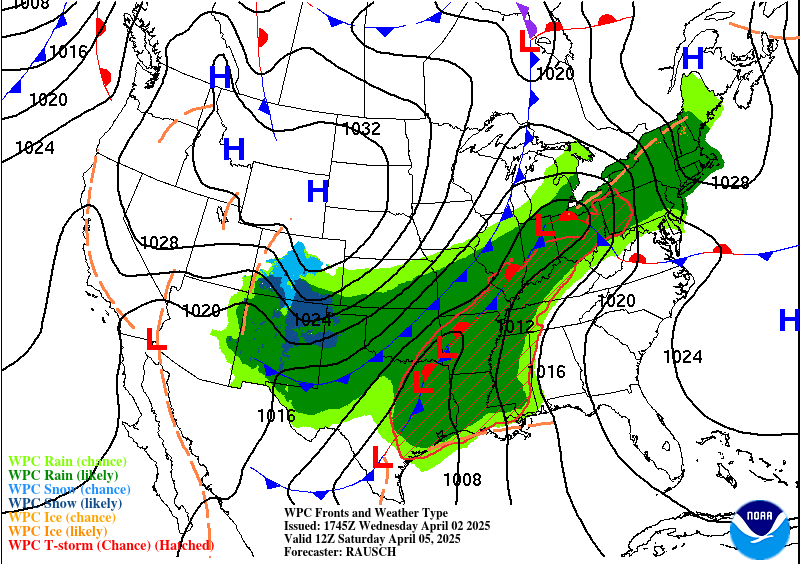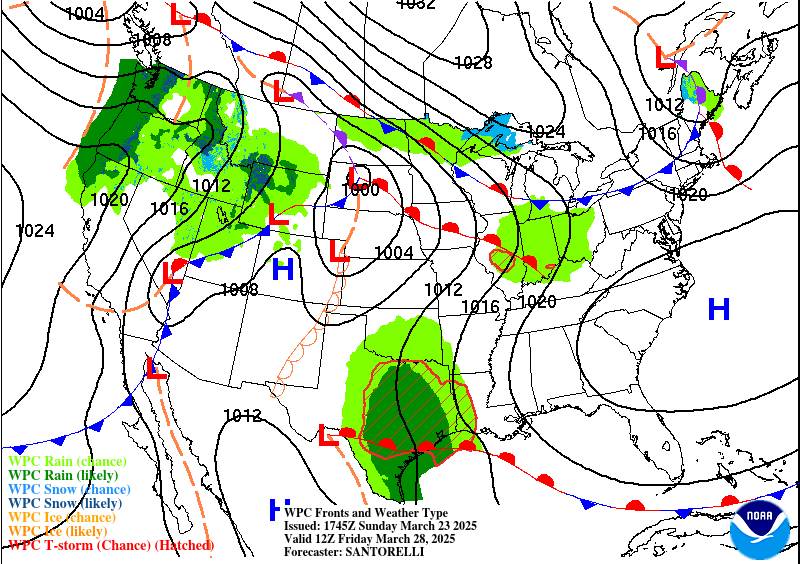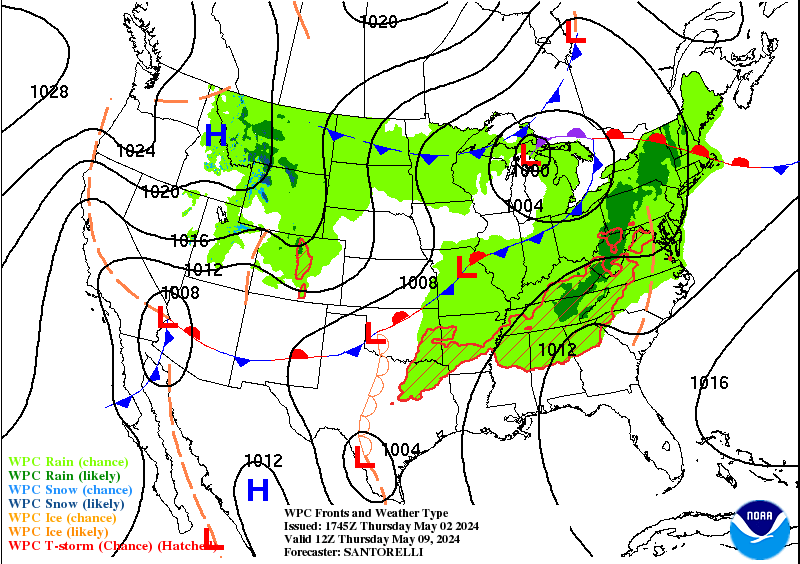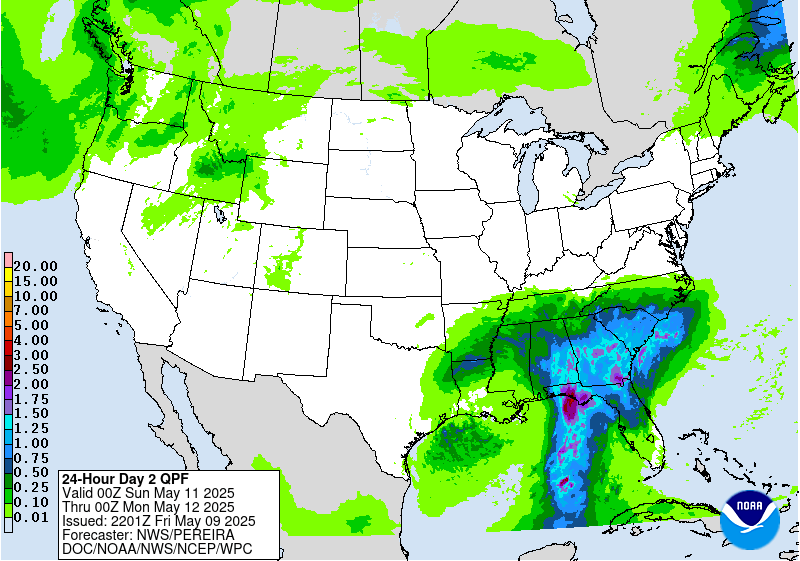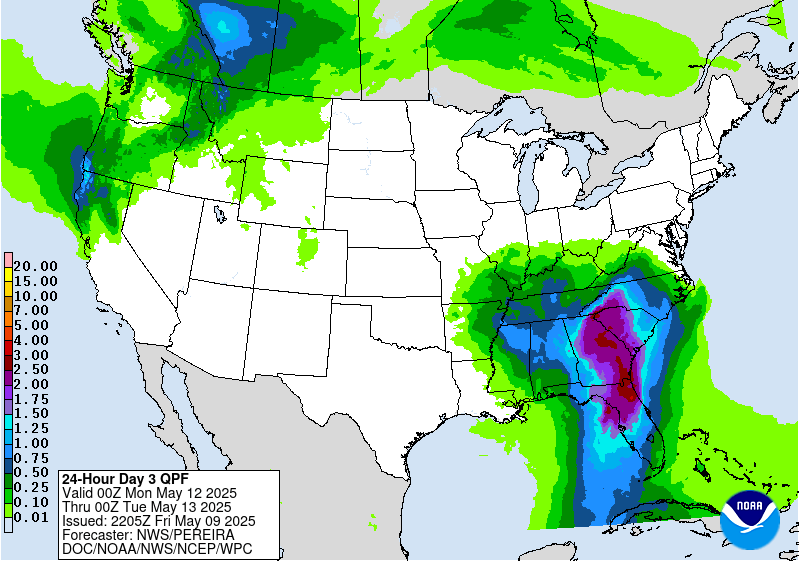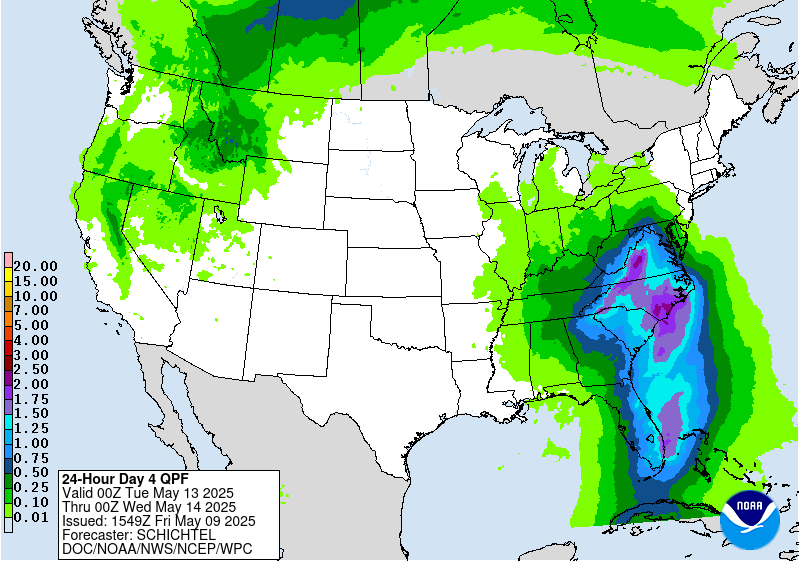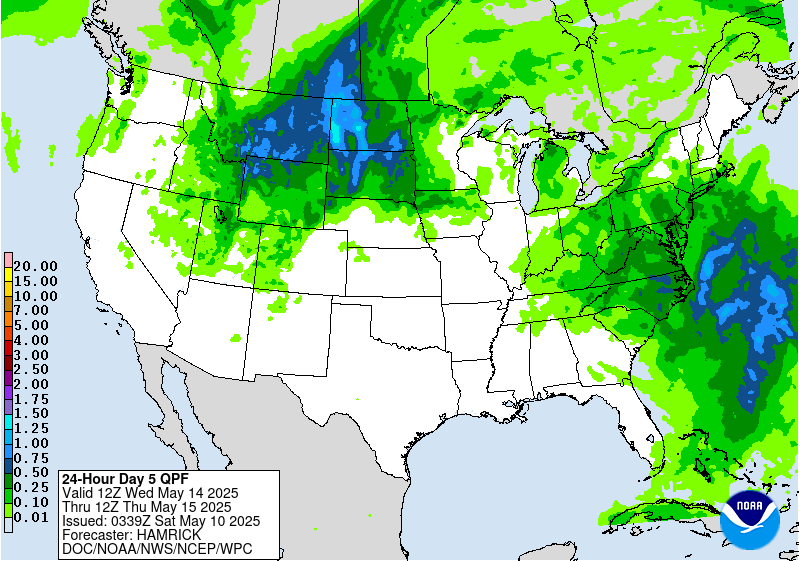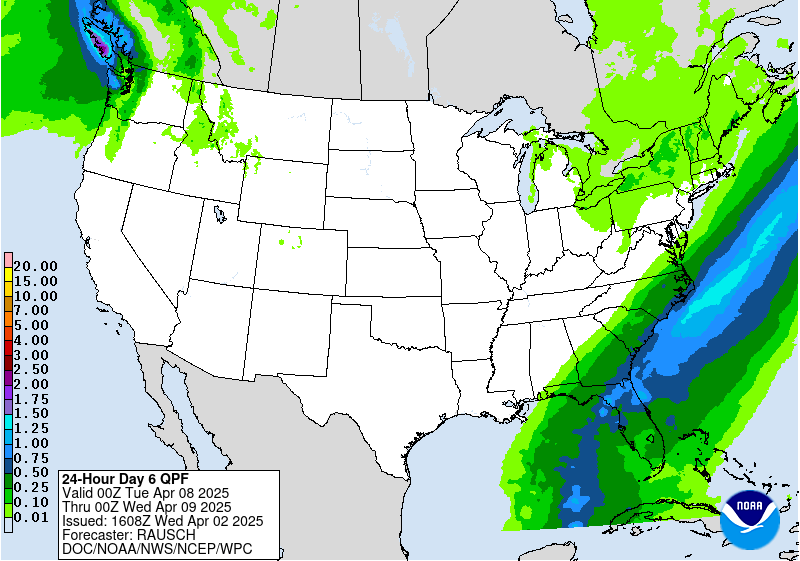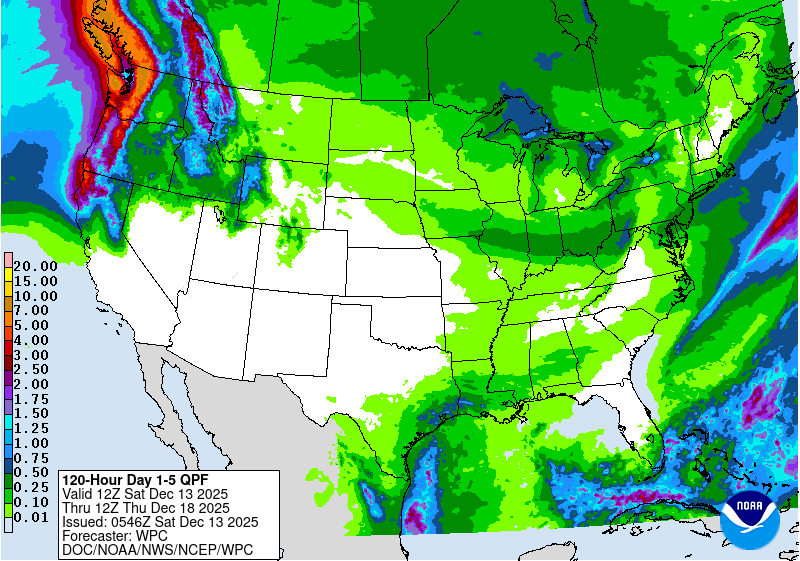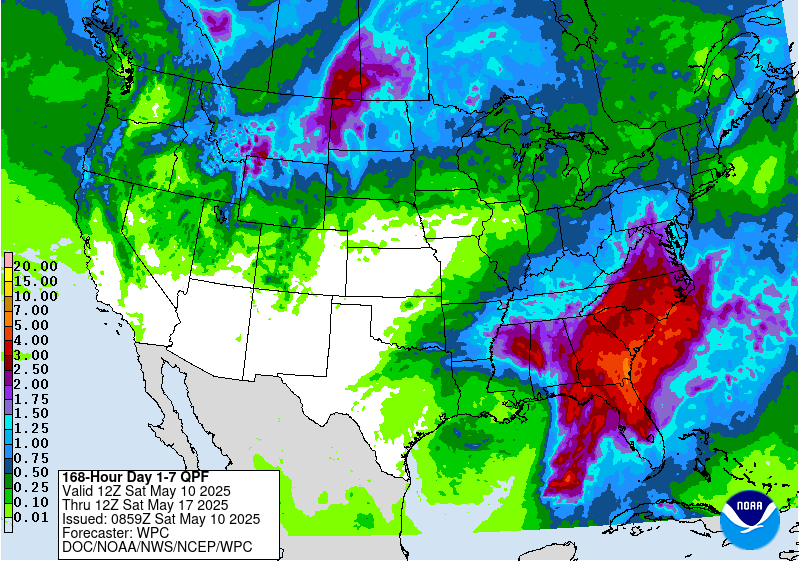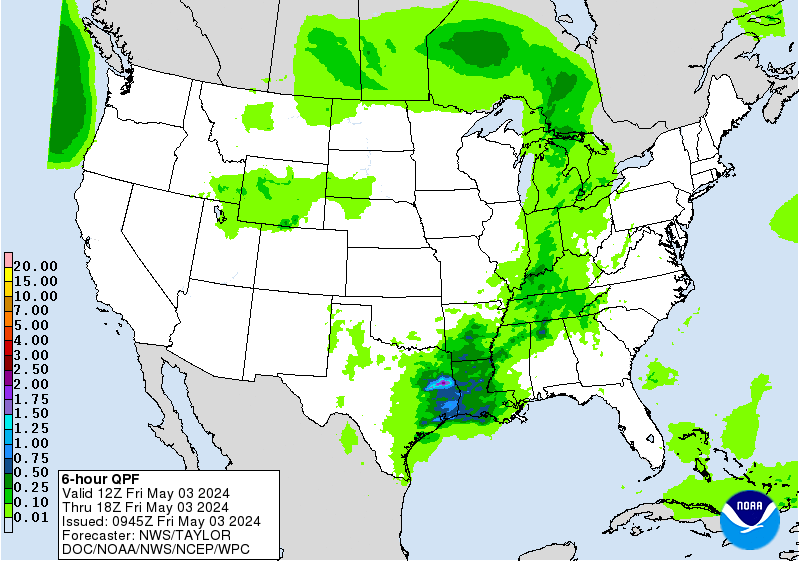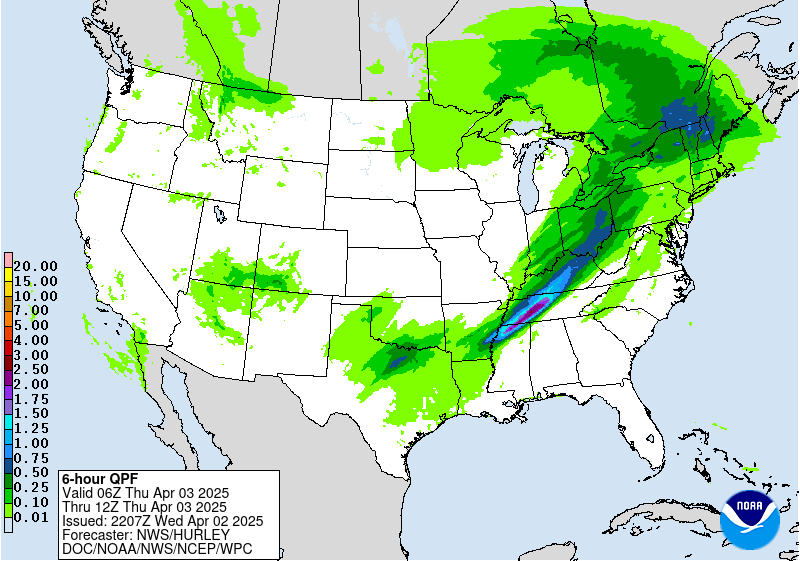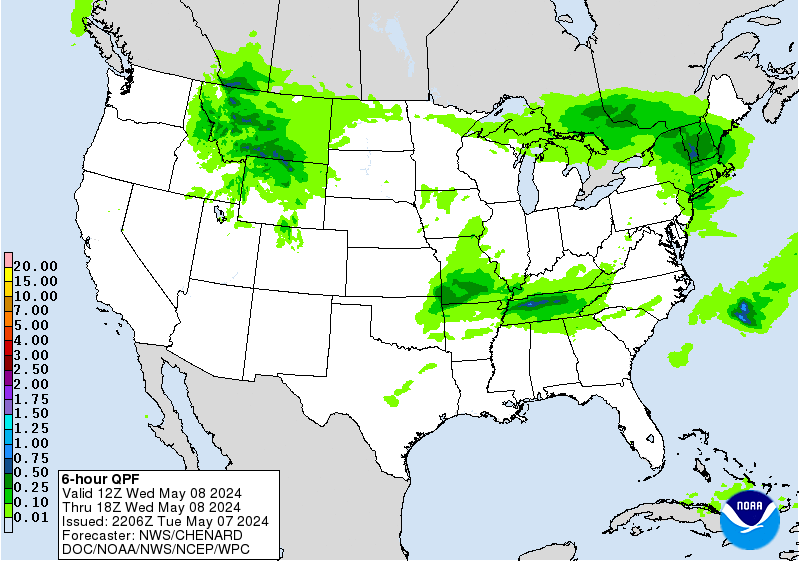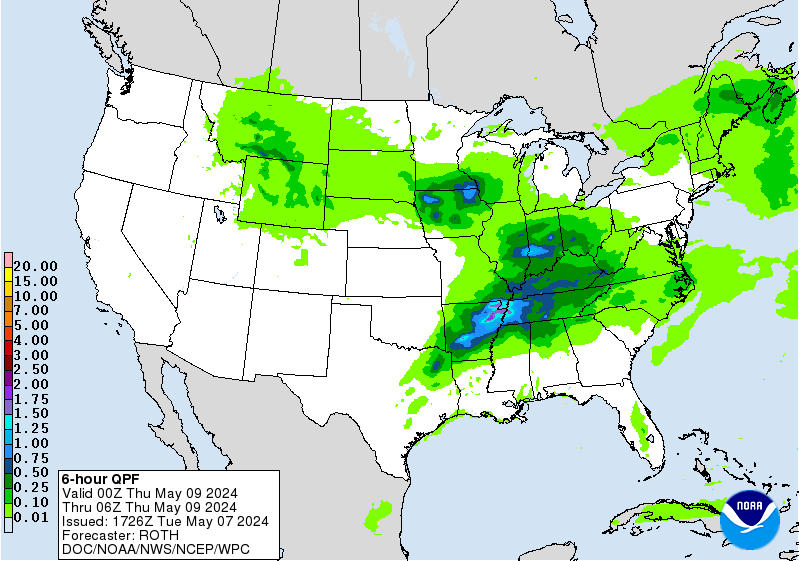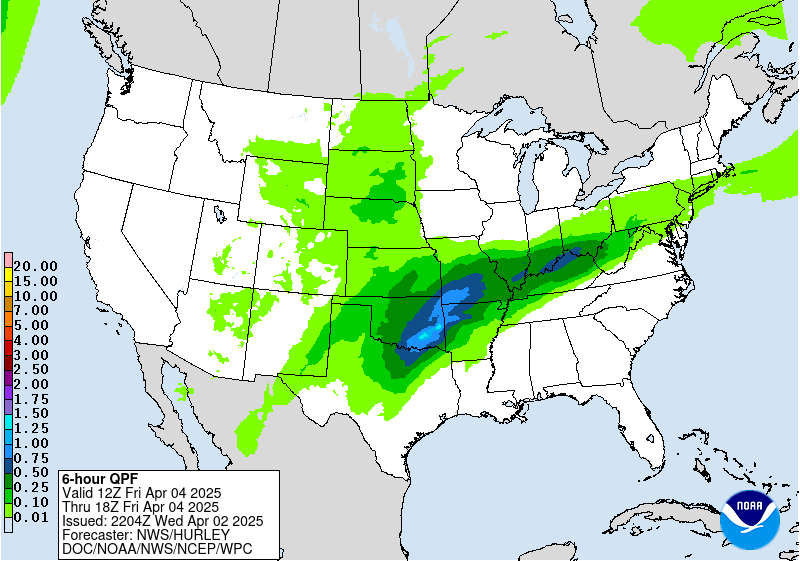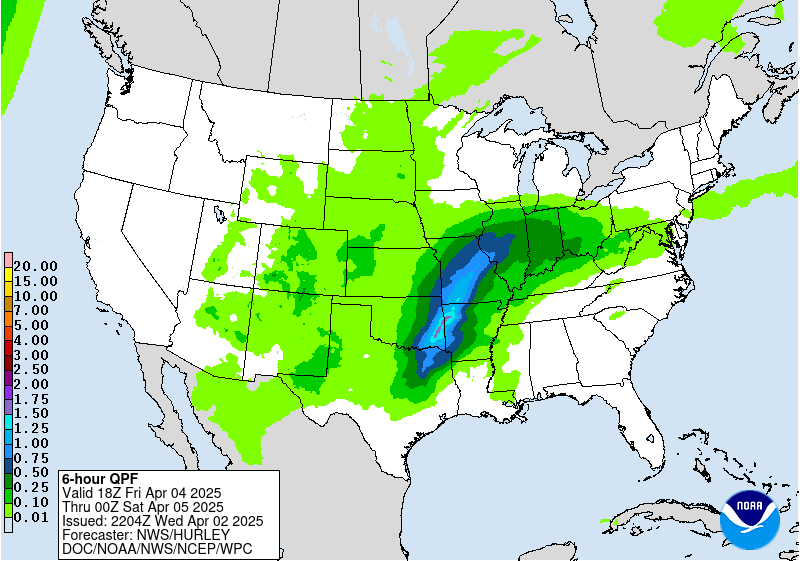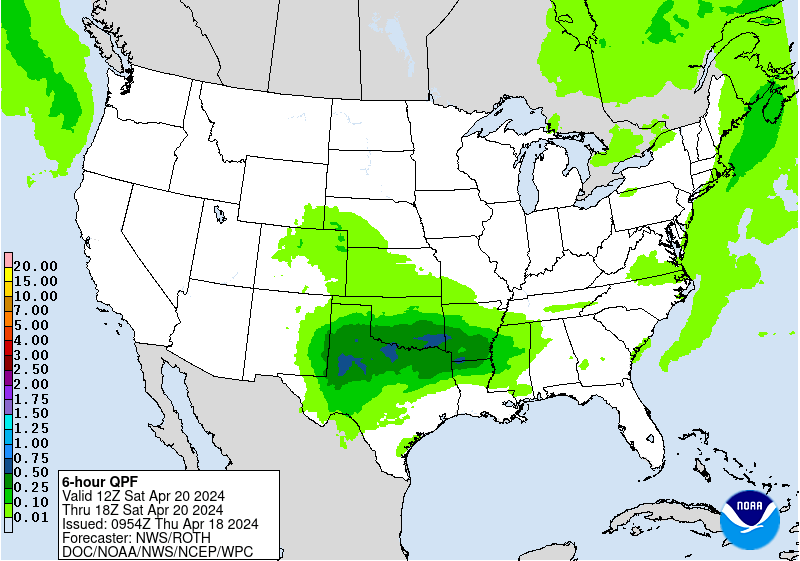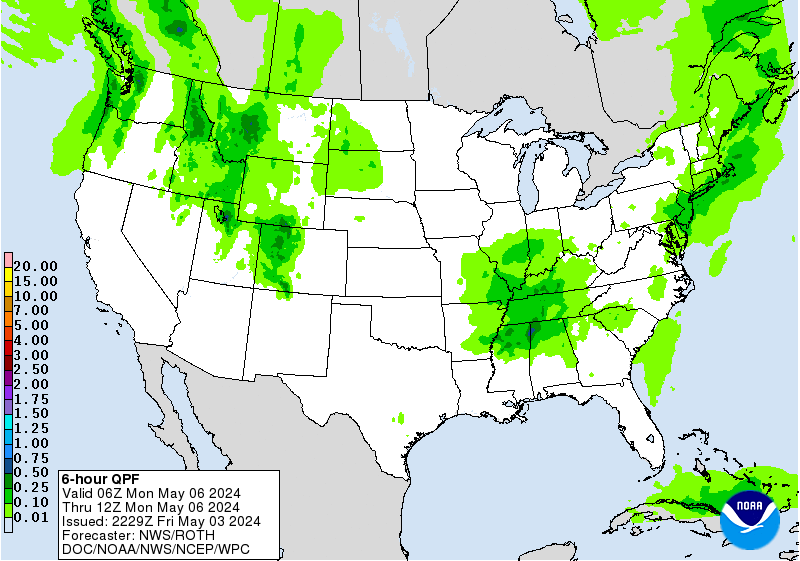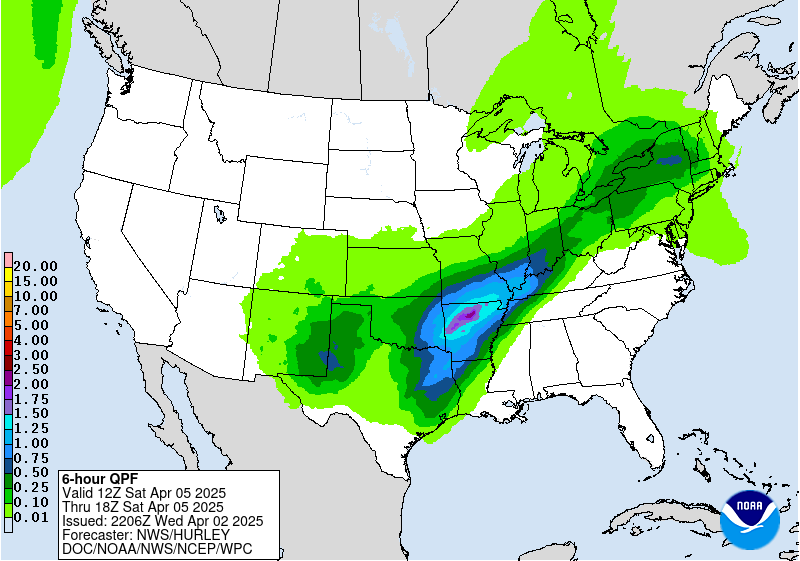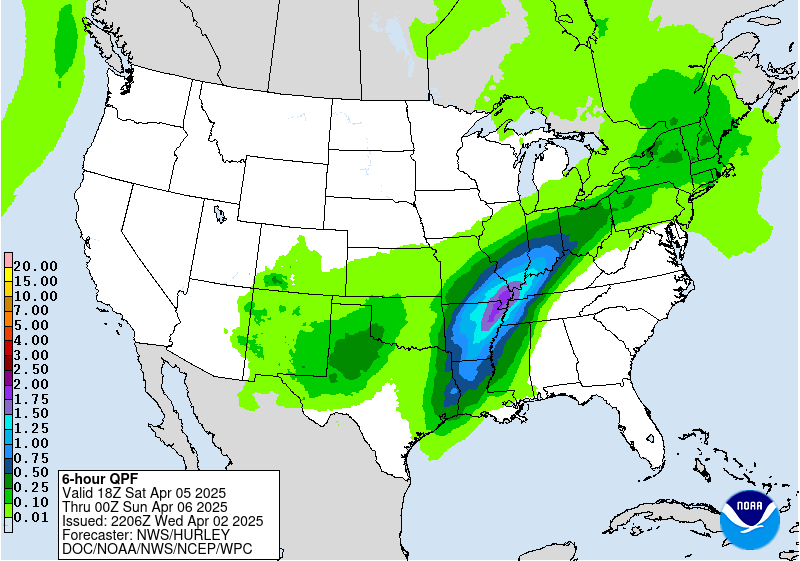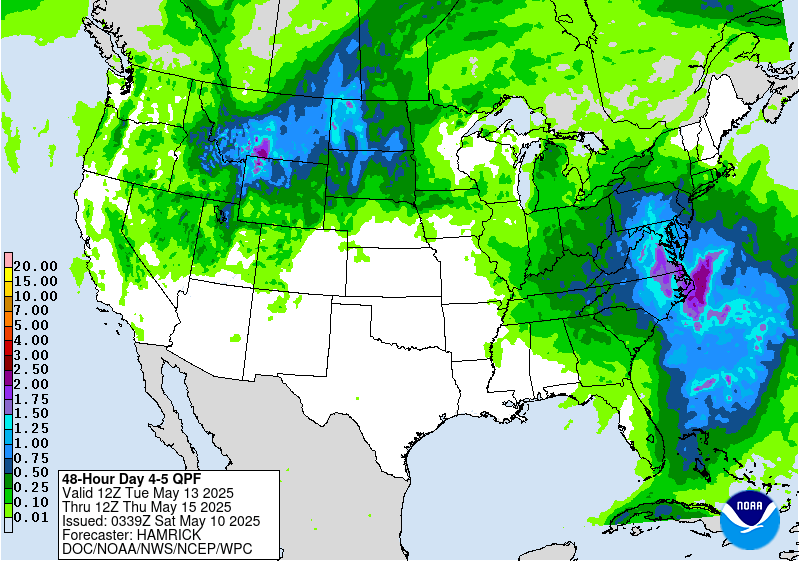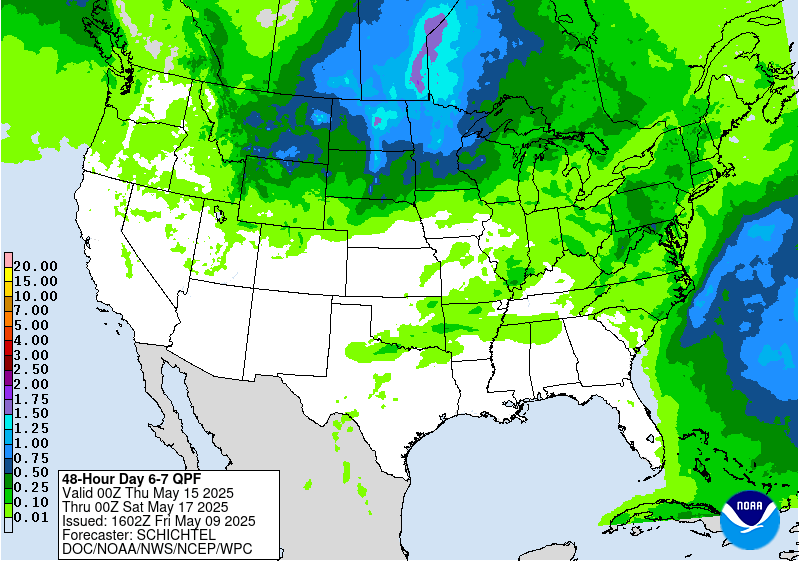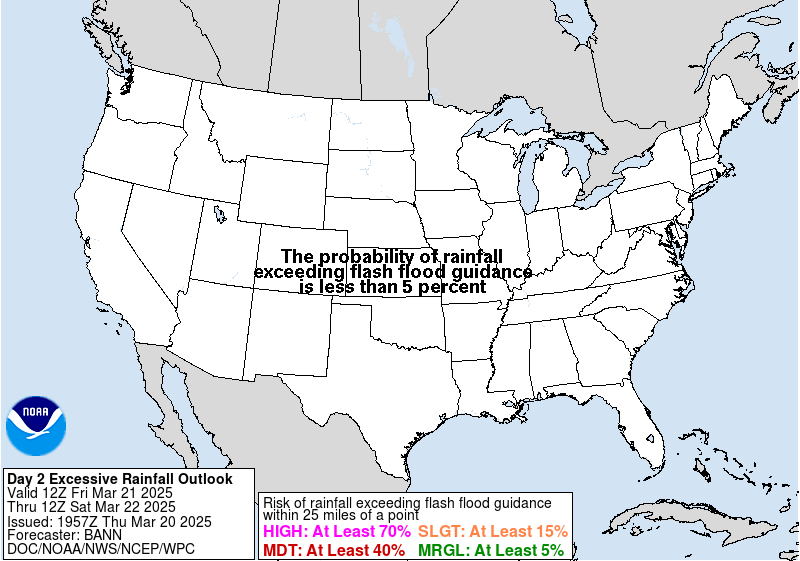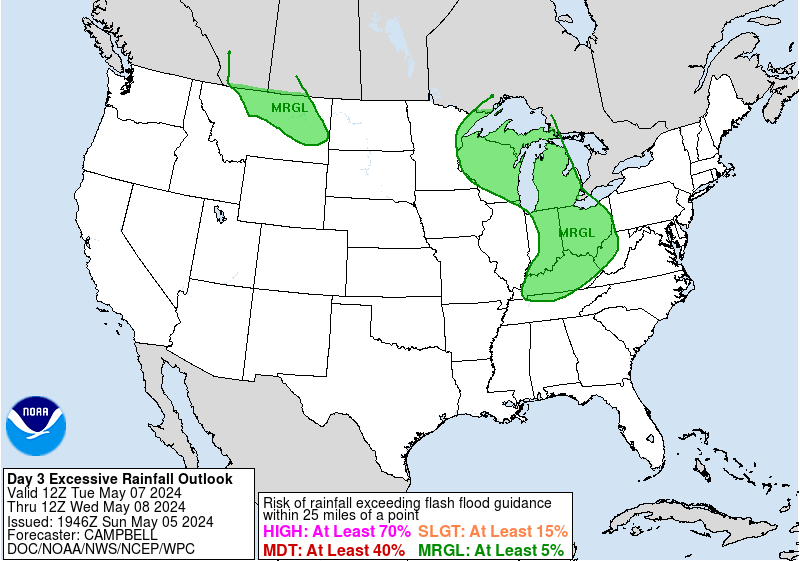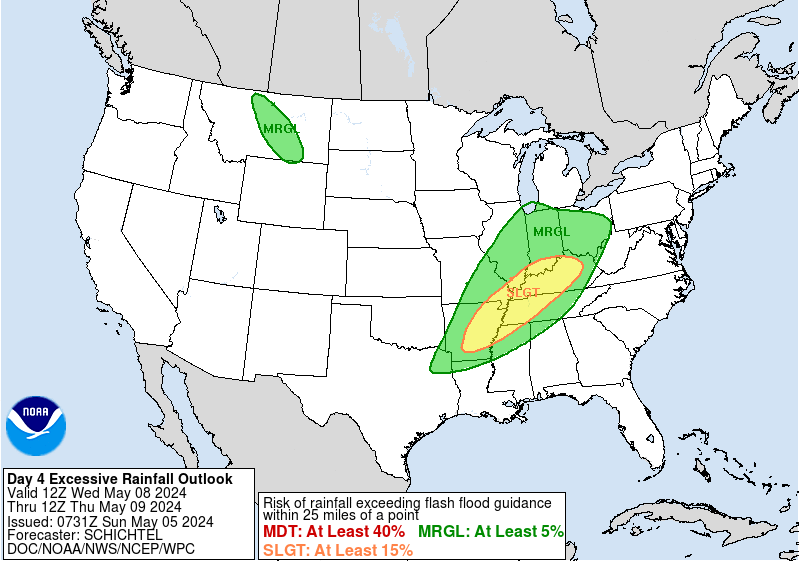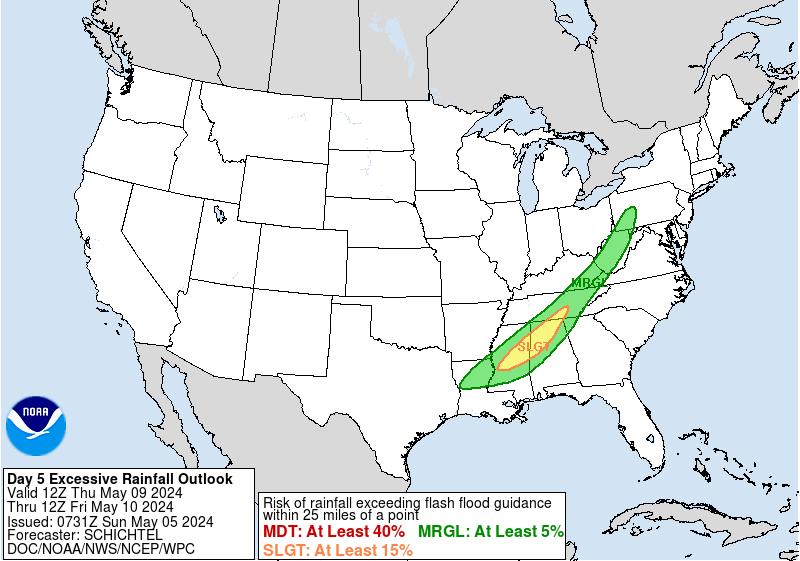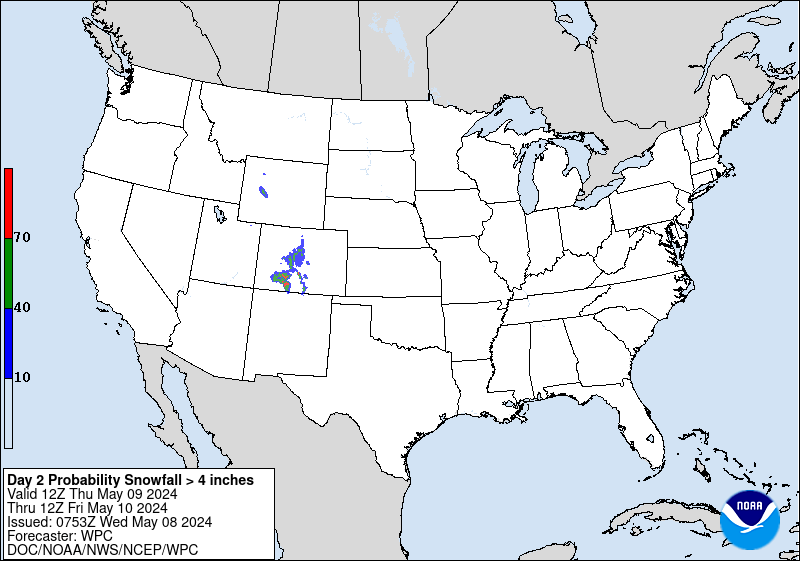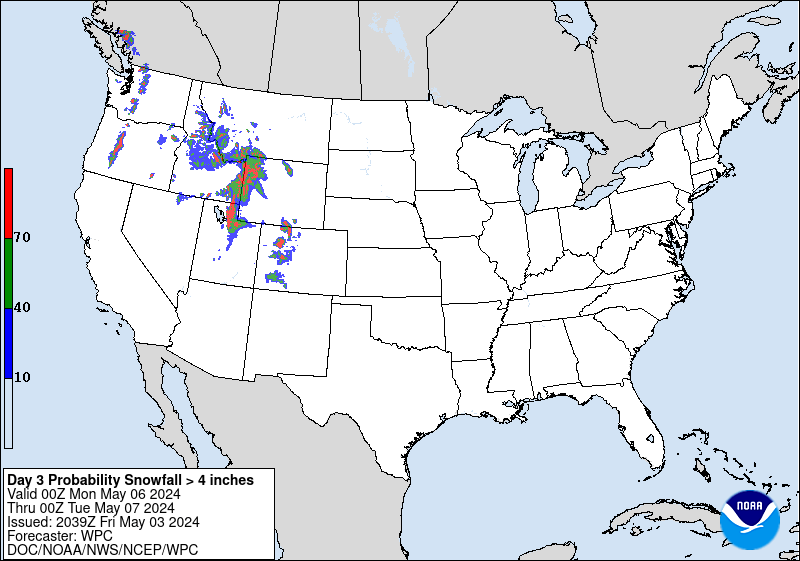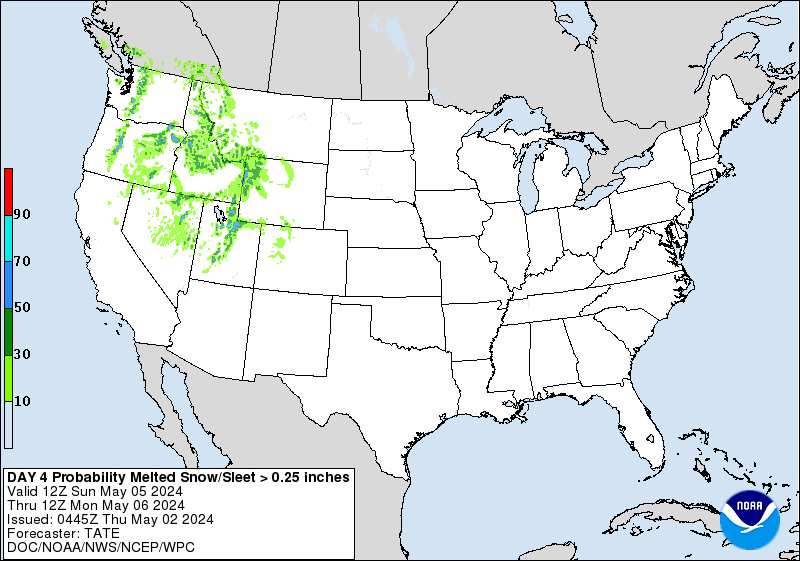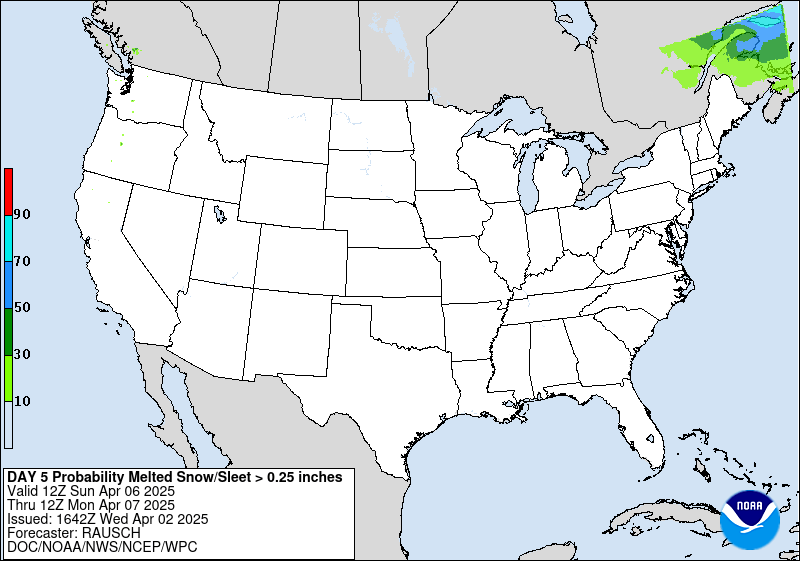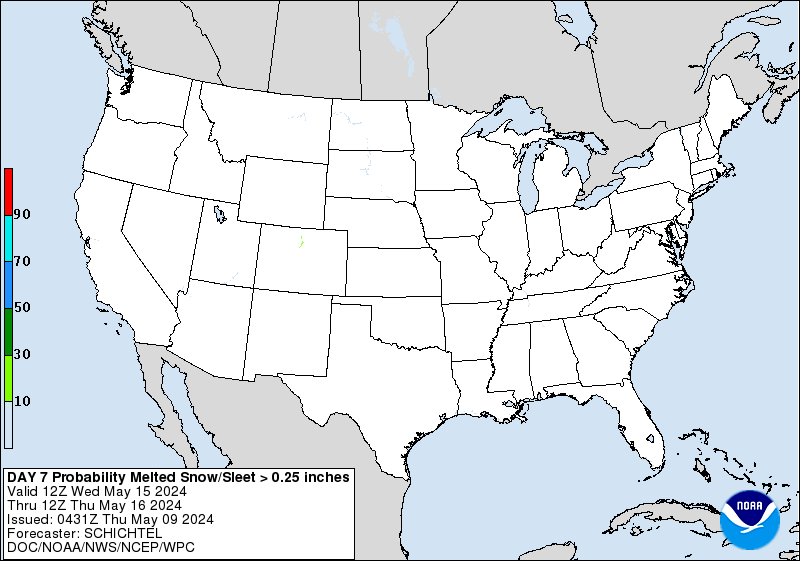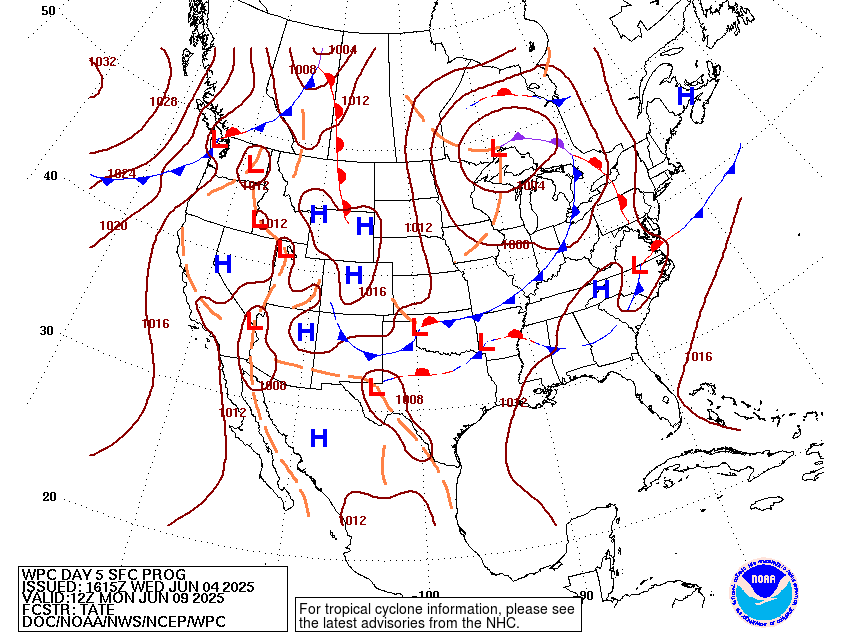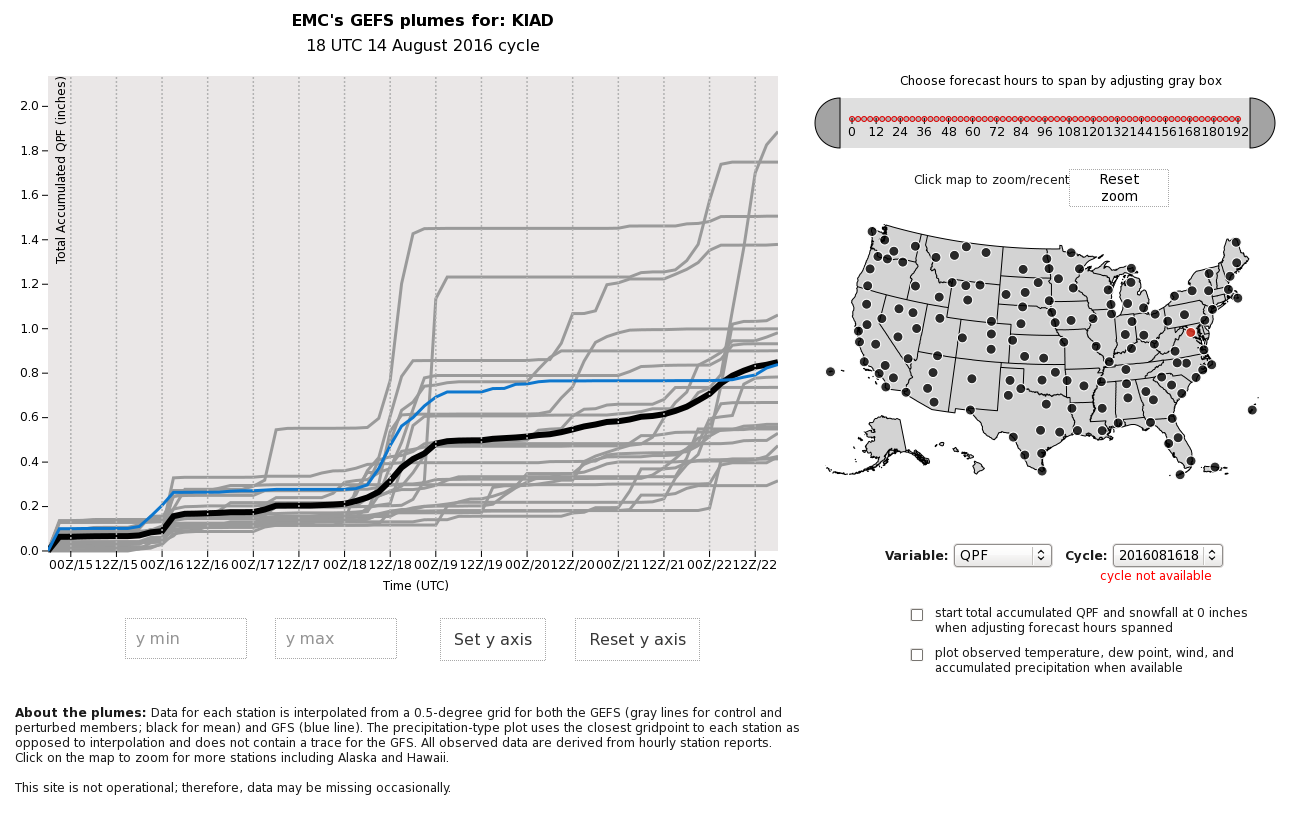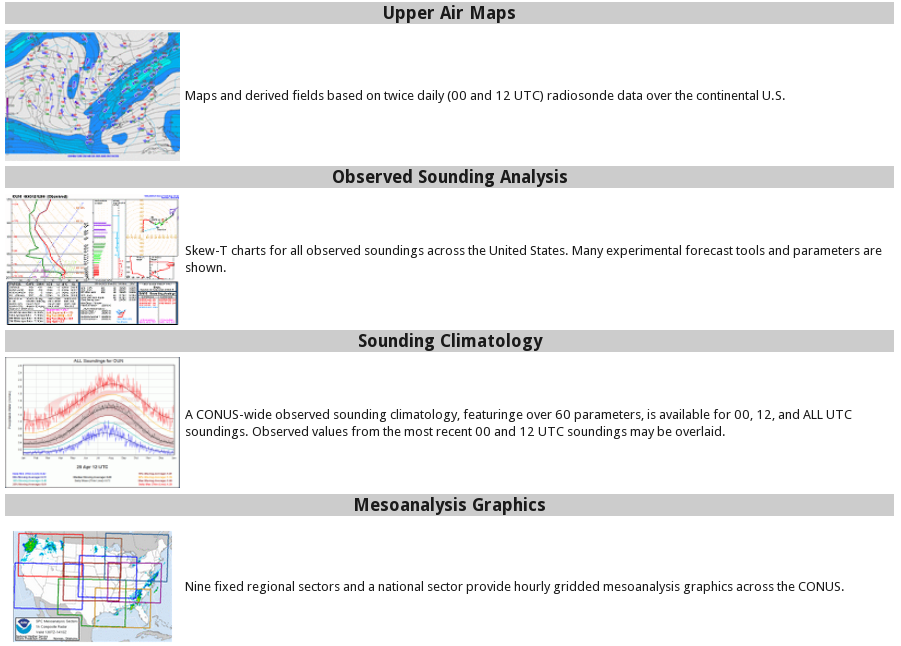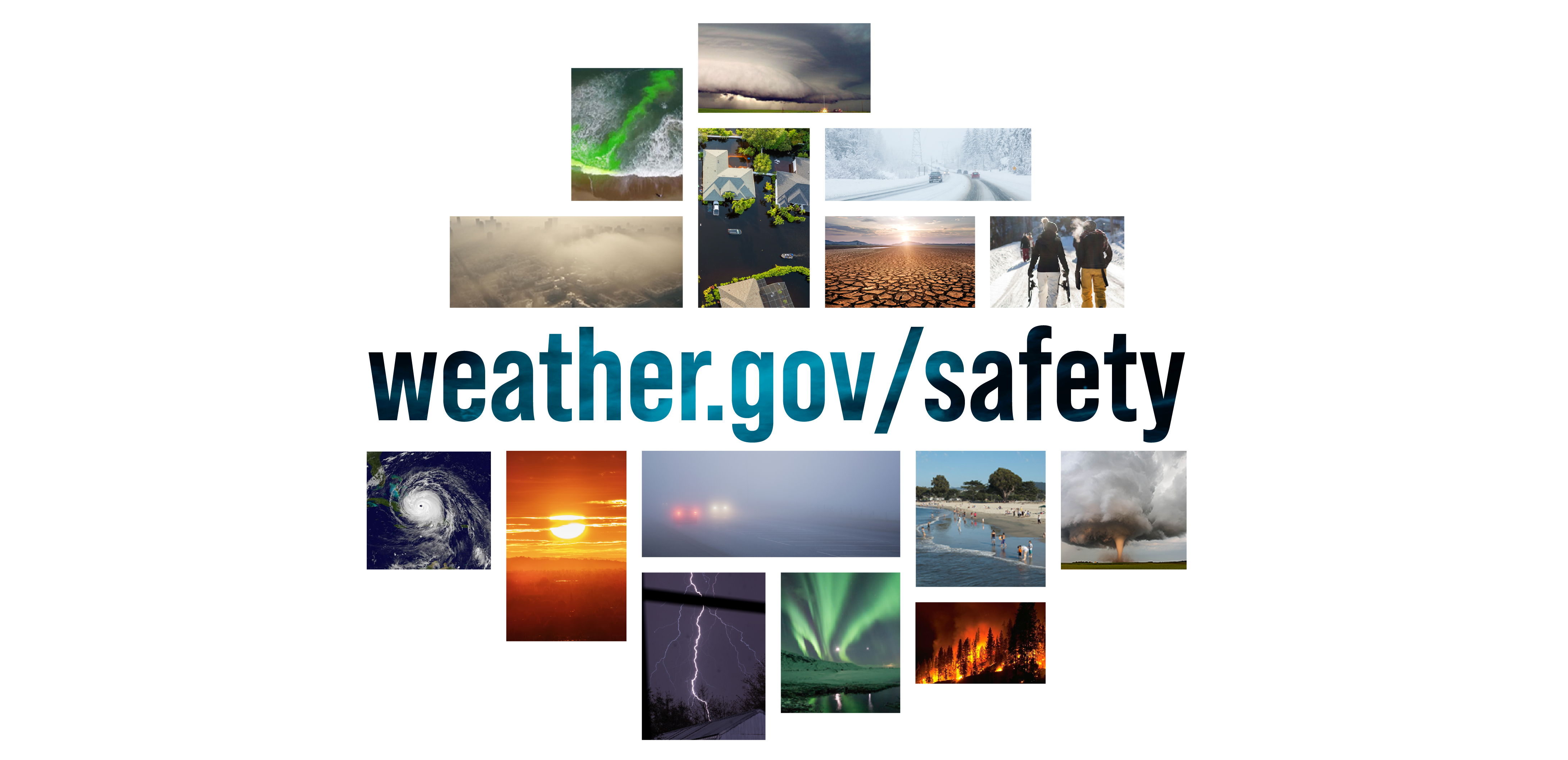Probabilistic Heavy Snow and Icing Discussion
NWS Weather Prediction Center College Park MD
304 AM EST Mon Dec 1 2025
Valid 12Z Mon Dec 01 2025 - 12Z Thu Dec 04 2025
...Central Plains through the Mid-Atlantic & Northeast...
Days 1-3...
...Widespread moderate to heavy snow from the Central Plains to the
Northeast will impact travel early this week while treacherous
icing occurs across the Appalachians...
A potent but positively tilted mid-level shortwave trough will be
advancing eastward from the Four Corners to start the period /12Z
today/ and move progressively eastward into the Ohio Valley by
Tuesday morning. During this translation, the feature, while
remaining of modest amplitude, may take on at least a neutral tilt
as vorticity continues to swing through the base of the
accompanying parent trough, and the entire system should be off the
New England Coast by 12Z Wednesday with only subtle amplification
expected. Although this shortwave will remain modest overall, the
accompanying jet streaks, both a downstream intensifying feature
and the broader subtropical jet lifting out of Mexico, are expected
to phase across the southern/central Plains today. The increasing
ascent left by the resulting RRQ overlapping height falls from the
shortwave will result in surface cyclogenesis along the Gulf Coast
tonight. This surface low is then expected to track rapidly
northeast across the southern Mid-Atlantic states and then deepen
just inside the 40N/70W Benchmark Tuesday night before lifting into
into the Canadian Maritimes.
This evolution will result in widespread snow and freezing rain
across the eastern half of the country, with two distinct areas of
impactful wintry precipitation.
On the north side of this system, a swath of moderate snow is
expected on D1 from Kansas through the Ohio Valley. This is in
response to the strengthening/phased jet streak which will begin to
tilt poleward to support impressive upper diffluence. At the same
time, some mid-level frontogenesis will be intensified by this jet
streak, forcing favorable overlap of ascent into the deepening DGZ
(SREF probabilities for 100mb of depth over 30% now) which will
support heavy snowfall rates within a translating band of 1"/hr or
more at times, aided by fluffy SLRs. The guidance has trended
upward with this feature, and WPC probabilities indicate a 10-30%
chance for at least 4 inches of snow from near Kansas City through
just south of Chicago.
As this band moves east into the Ohio Valley, it will become
merged with the larger system developing near the Gulf as
impressive moist isentropic ascent begins and lifts a theta-e ridge
northward to expand the precipitation shield. The strong 850mb WAA
will provide additional ascent, with the accompanying fgen serving
to intensify omega into the DGZ. While the WAA will likely result
in a burst of moderate snowfall in many areas from the Mid-
Atlantic/Ohio Valley northeast, a lack of resupplying cold air as
the surface high retreats will enable a quick transition to
mixed/rain, especially along and east of I-95 between VA and MA.
However, NW of the I-95 corridor, a prolonged period of moderate to
at times heavy snow is likely, with 1+"/hr rates spreading from PA
to ME. This will create an axis of snowfall for which WPC
probabilities indicate a high risk (>70% chance) for 4+ inches from
the Poconos through Downeast Maine, with locally as much as 8-12
inches possible (50% chance) from the Berkshires through the
Monadnock region of NH and into southern ME.
It is important to add as well, that despite what should be a
relatively quick transition from snow to mix to rain along I-95,
the Tuesday morning commute could be significantly impacted.
South of the heavy snow axes, two areas of impactful freezing rain
are also anticipated. The first will be across portions of
AR/MO/KY, in the vicinity of the Ozarks on Monday morning as
isentropic ascent and the accompanying moisture plume spread
precipitation into this region. Initially, surface wet-bulb
temperatures will be sub-freezing, so precipitation will fall as
freezing rain in response to the warm nose pivoting overhead.
However, this p-type should generally be short lived except in the
coldest regions, and WPC probabilities for 0.1" of ice peak around
30% in central AR.
More significant icing is likely across portions of the central and
southern Appalachians as isentropic ascent and accompanying WAA
intensify Monday night into Tuesday. Here, wet-bulb temperatures
will again be below freezing leading to an extended period of
freezing rain from SW NC into western MD. Although the high
retreats, this cold air may be more challenging to scour out,
especially in the higher elevations, leading to an extended period
of freezing rain with impactful ice accretions likely. WPC
probabilities D1 into D2 suggest a high risk (>70%) for at least
0.1" of icing from western NC through the Shenandoah region of VA,
with a low chance (10-30%) of up to 0.25" in isolated locations.
Key Messages remain in effect for this system and are linked below
(Key Message #3)
...Northern to Southern Rockies...
Days 2-3...
A shortwave digging out of British Columbia embedded within broad
cyclonic flow across the eastern half of the CONUS will spread
increasing synoptic ascent across the Intermountain West beginning
Tuesday morning. This shortwave will move progressively southeast
Tuesday, and may become more amplified despite maintaining a strong
positive tilt by Wednesday morning in response to secondary
vorticity maxima digging through its base. This will result in a
slowing and amplification of the trough, with downstream ascent
maximizing through height falls, PVA, and downstream intensifying
jet energy.
Available moisture will generally be modest as reflected by near-
normal PW anomalies, but the overlapped synoptic lift will be more
than sufficient to wring this out as periods of moderate to heavy
snowfall across much of the terrain. At the same time, a wave of
low pressure is progged to drop southeast coincident with the
shortwave trough, and a secondary front will also push south out of
Canada to cool the column while additionally leading to localized
upslope flow. Despite a shallow DGZ noted in regional forecast
soundings, the best ascent may maximize within this snow growth
region to enhance snowfall, and this suggests a broad swath of
moderate snow is likely Tuesday and Wednesday across much of the
Rockies.
WPC probabilities for 4+ inches D2 are highest from MT through WY,
with local maxima in snowfall above 8 inches possible across the
Little Belts and Absarokas, with snow levels running around
2000-3000 ft. By D3, the heaviest snow pivots southeast reaching
the CO Rockies, the San Juans, and Sangre de Cristos, where WPC
probabilities indicate a moderate risk (50-70%) for 6+ inches of
snowfall. Snow levels continue to fall on Wednesday as well such
that even the I-25 urban corridor from Cheyenne to Santa Fe may
experience a few inches of snow, with the higher accumulations
expected across the Raton Mesa and Palmer Divide.
...Great Lakes & Northeast...
Day 3...
A strong arctic front will race across the Great Lakes Wednesday,
likely reaching Upstate NY by Thursday morning before continuing
into New England beyond this forecast period. While confidence is
low at this time, the signals appear favorable for snow squalls
along this front as it dives southeast. The trends in the GFS SnSq
parameter have decayed a bit in recent runs, but the environment at
this time frame appears at least marginally favorable for a line,
or lines, of convective snow showers/snow squalls Wednesday into
Thursday. While snowfall amounts will be minimal, snow squalls can
cause dangerous driving due to briefly heavy snow rates and gusty
winds, so this event will need to be monitored as it gets closer.
Weiss
...Winter Storm Key Messages are in effect. Please see current
Key Messages below...
https://www.wpc.ncep.noaa.gov/key_messages/LatestKeyMessage_3.png

